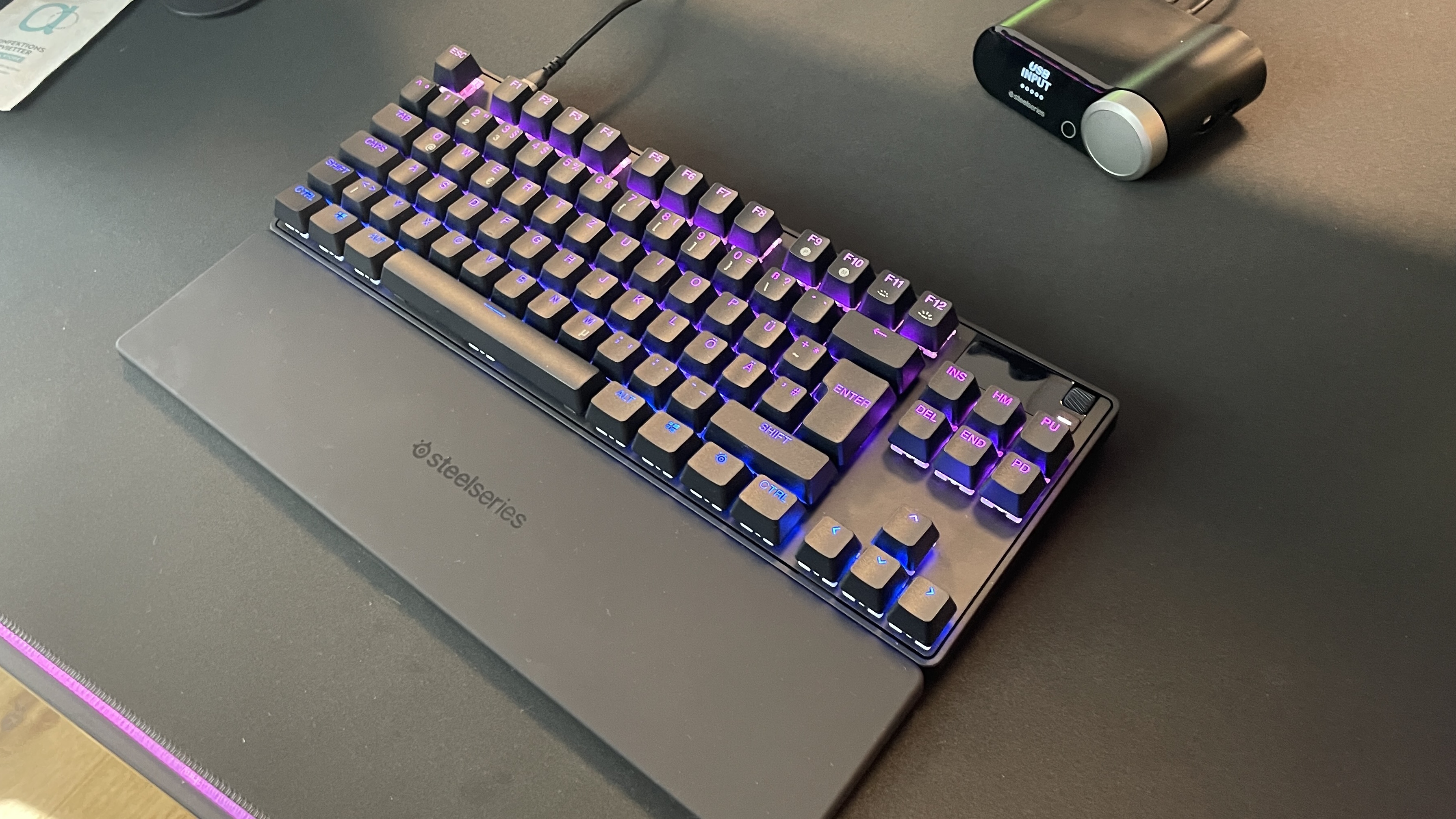
When I stepped into SteelSeries' Copenhagen offices and noticed what was on the table, my heart sank a little. It was another Apex Pro keyboard that, for all intents and purposes, looked the same as the last. My hopes weren't raised by talk of the new software presets and the company's take on SOCD, either. But then I heard the new Apex Pro 3 clack. And boy, does it clack.
I was mighty impressed by the unadulterated thockiness of the Apex Pro 3, given it's a Hall effect gaming keyboard and that weighty thunk is traditionally a more mechanical affair. Still, after the SteelSeries representative had given a tantalisingly short demo of the Pro 3's clickety clack, all talk of its newest bells and whistles fell on somewhat deaf ears.
I didn't care about software features; I needed another hit of that sensory goodness that only other fellow dampening and lubricating button pushers could understand.
I could've spent the hands-on time I got with the keyboard testing its latest software features—and sure, I did at least some of that—but more than anything I just wanted to type. So type I did, and colour me impressed.
My phone mic, hastily positioned in my chest pocket as I leant over to test out the keyboard, doesn't do it justice at all, but it's better than nothing and you can certainly hear the difference. Here's a comparison between me first typing on the previous-gen Apex Pro (up to 0:08) and then on the new one (0:08 onwards).
SteelSeries says this improved typing experience is thanks to a "triple layer sound dampening foam solution", improved stabilisers, and per-key lubrication. In other words, all the gubbins you'd want out of an enthusiast keeb.
Now listen, I'm not saying the Apex Pro 3 is up to the high standards of typing enthusiasts who spend hundreds modding their custom keyboards for the perfect timbre and downstroke resonance. The Pro 3 isn't that good. It doesn't offer quite the typing experience of my circa-$180 Varmillo keeb with aftermarket Tecsee Greens, and it certainly doesn't offer a typing experience as enjoyable as the glorious Keychron Q3 Max does.
But that's not the point. The Apex Pro 3 isn't an enthusiast keyboard. It's a Hall effect gaming keyboard, and for this market segment it's superbly thocky (or "creamy"-sounding, as the SteelSeries rep put it). Thocky and pleasant-sounding enough to bring into work, for sure, which adds a secondary use to the keyboard that I do think is the way forward, these days.
"A lot of our gamers these days either work from home or they're taking their smaller format keyboards with them to the office", a SteelSeries spokesperson told me, and the Apex Pro seems to be aimed at making such use cases more enjoyable. If this is the strategy, then I can certainly see how the Apex Pro 3 pushes things towards this goal.
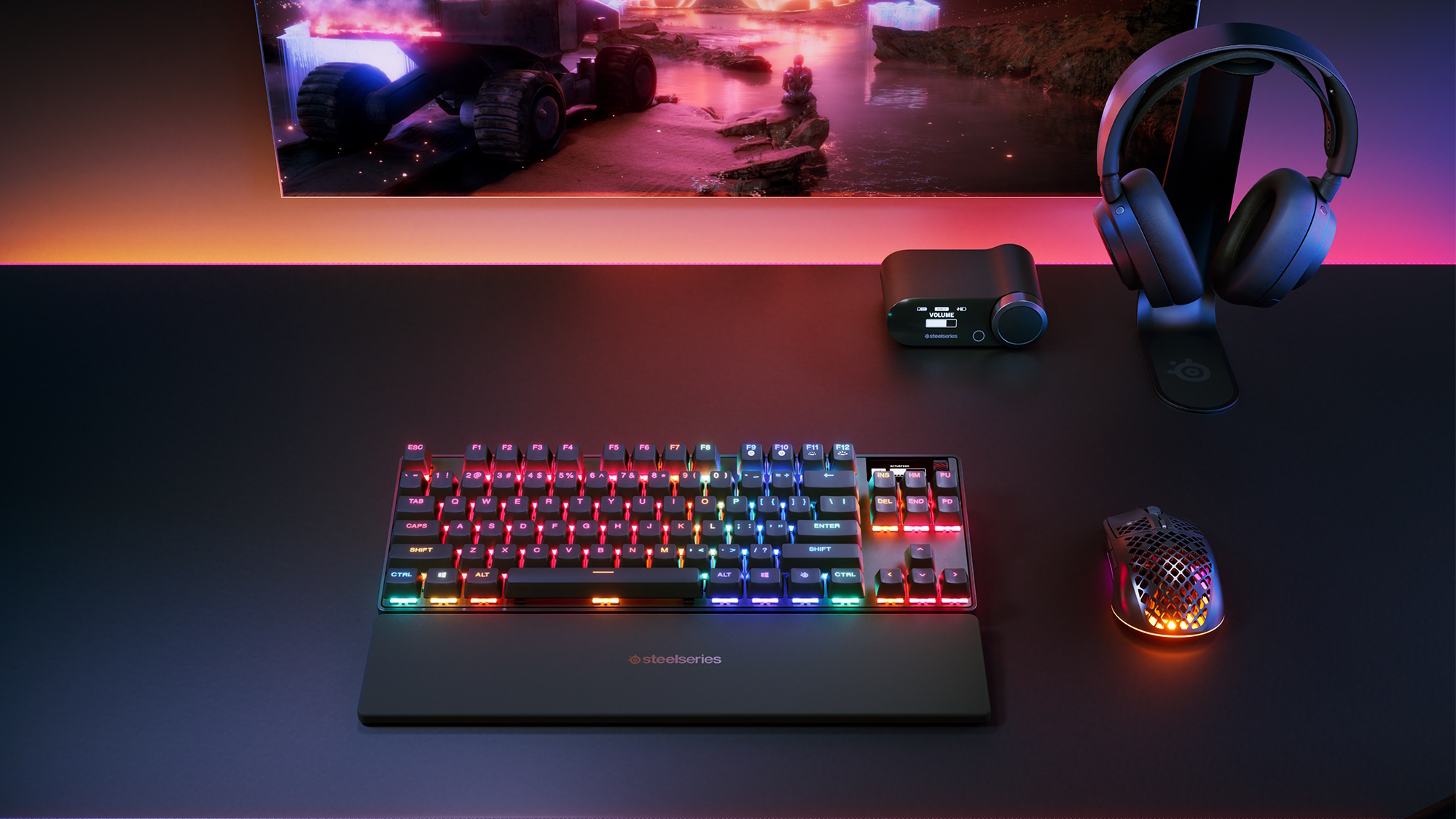
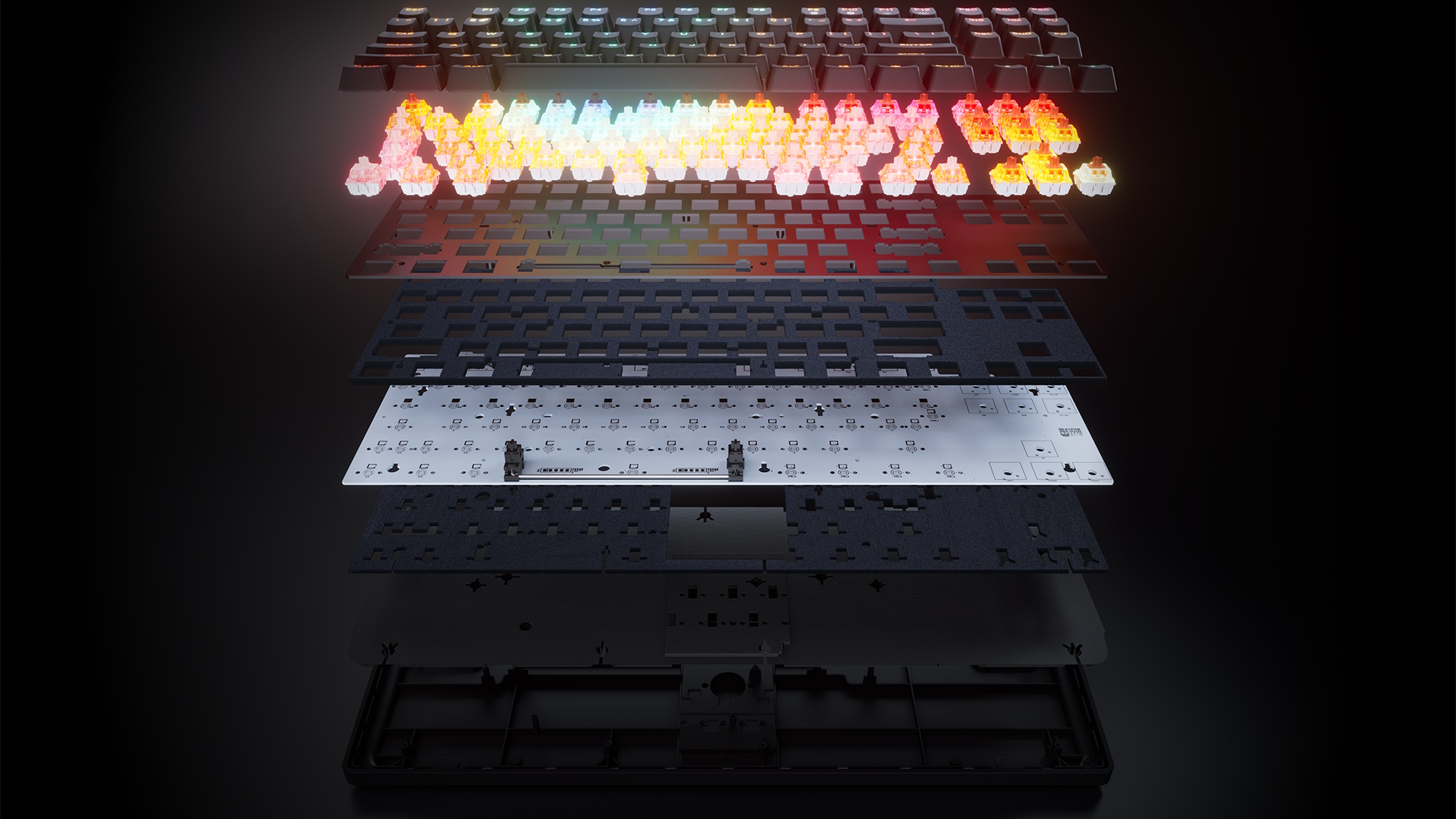
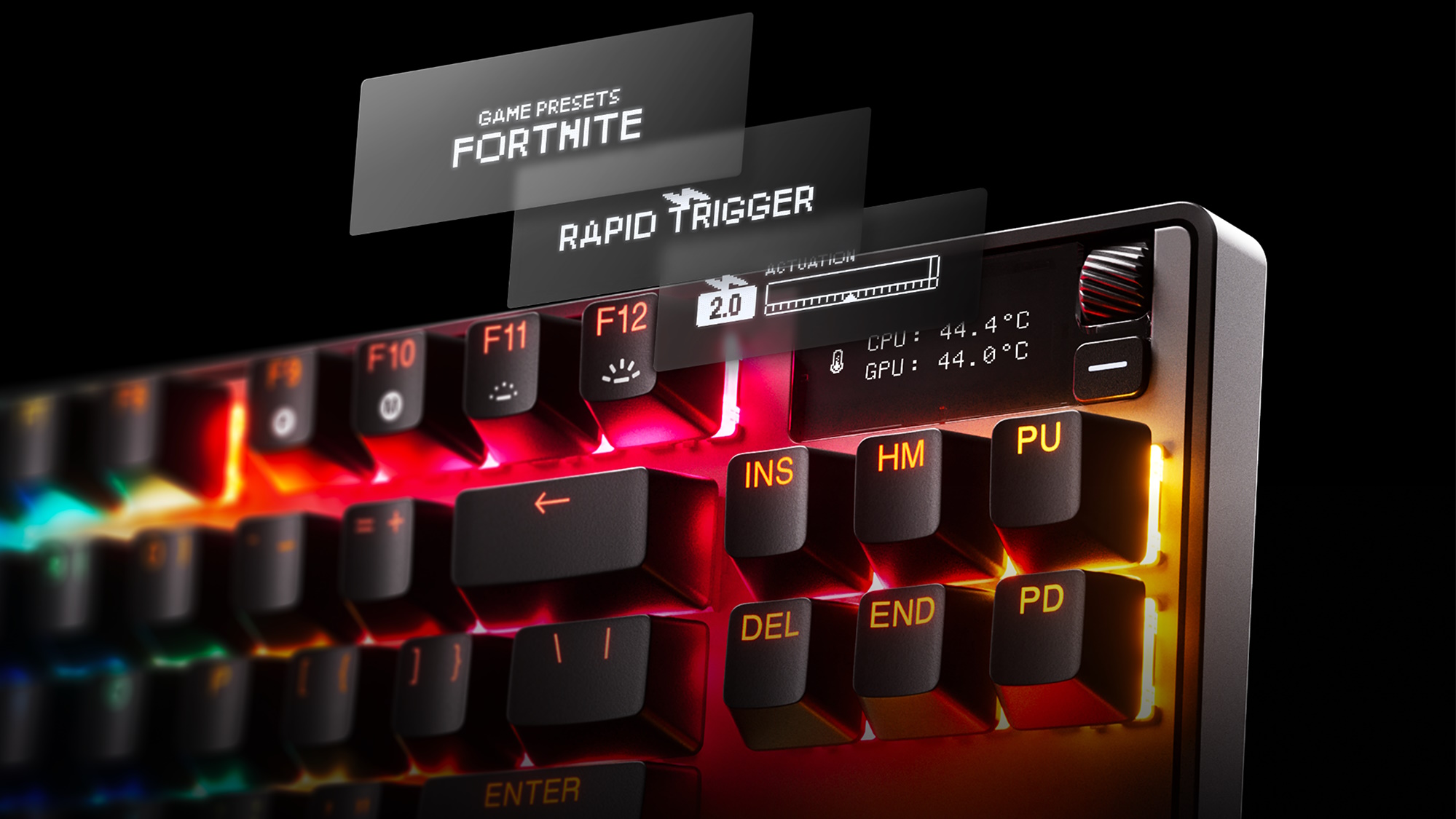
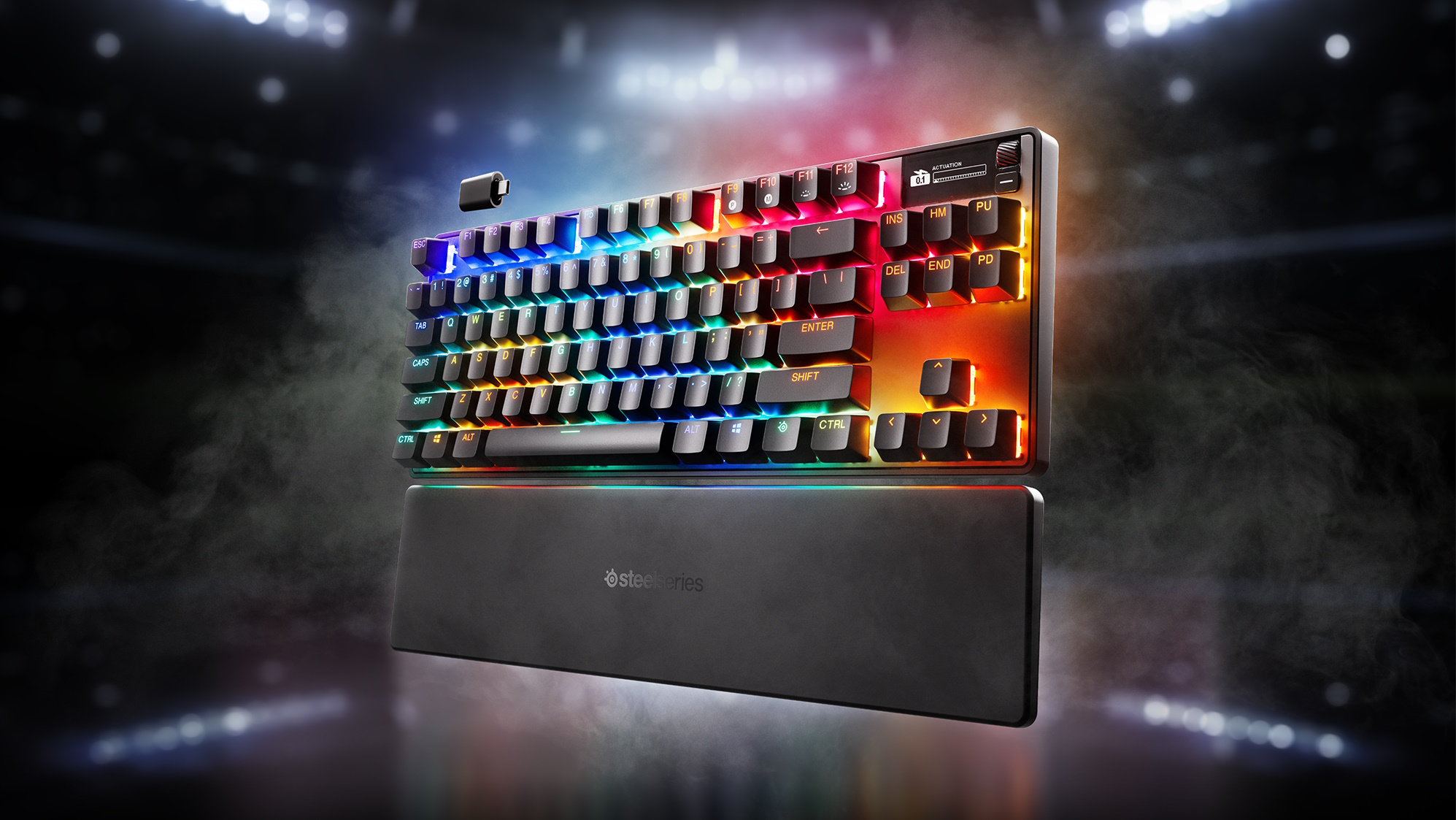
Importantly, however, the Apex Pro 3 does seem to remember that it's first and foremost a gaming keyboard, and this is what might carve out a space for it amidst the many enthusiast keyboards that do "typing experience" that little bit better.
You're getting some pretty cool gamer-centric software with the Apex Pro 3—such as "Rapid Tap" SOCD for easy counter-strafing and "GG QuickSet" game-specific keyboard presets—but all this is by-the-by for gaming, as far as I'm concerned. What's more important is the fact that it manages such a great typing experience while boasting (updated and improved) Hall effect switches.
To be clear, Hall effect analogue keyboards aren't new. What's new, at least to my ears and fingers, is a Hall effect keyboard that thocks like no other. Such a combination bags you the benefits of these sensors—analogue input, adjustable actuation points, "Rapid Trigger" dynamically adjusting actuation reset, and so on—while sacrificing little on the feel front.
Of course, I only had very limited time trying it out, and this isn't a full review, but if my 20 minutes with the keyboard has done anything, it's made me excited for the future of gaming keyboards that actually nail the typing experience, too. Watch out Keychron, I guess!







